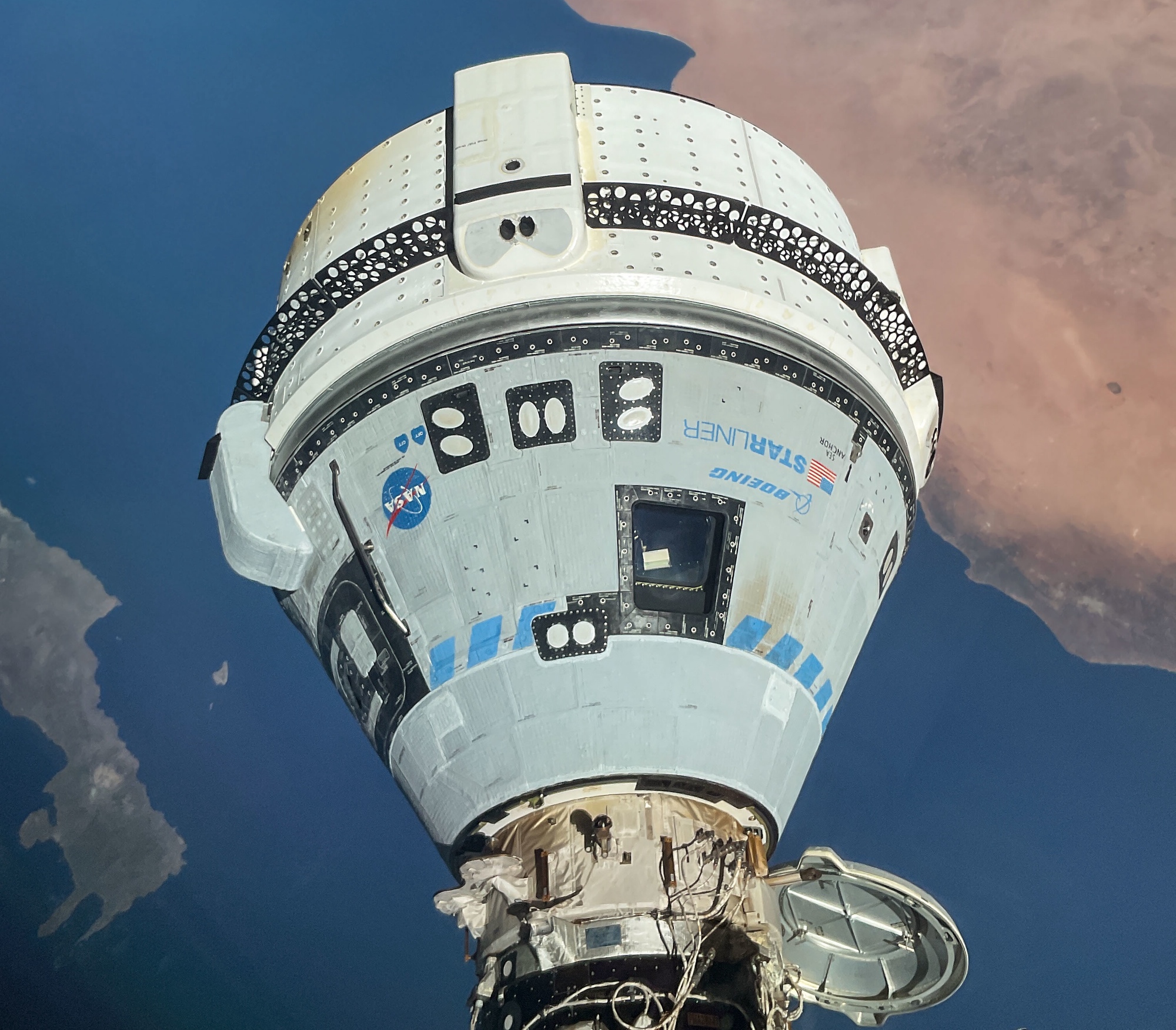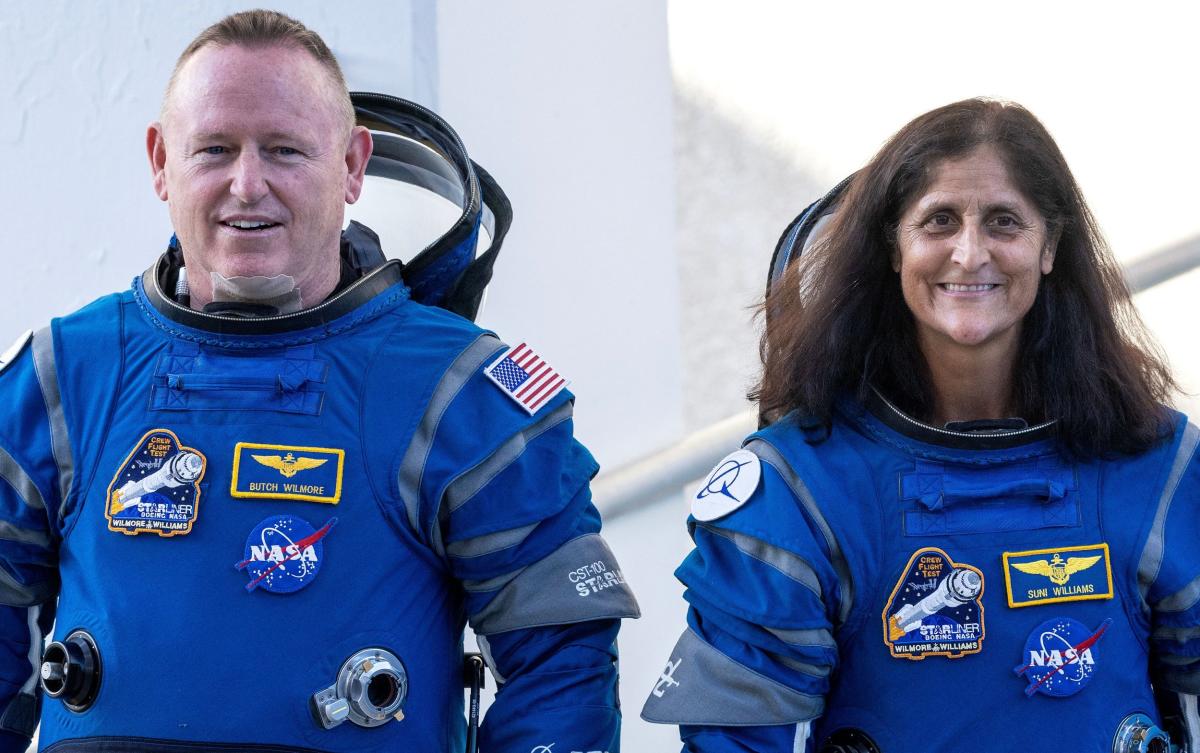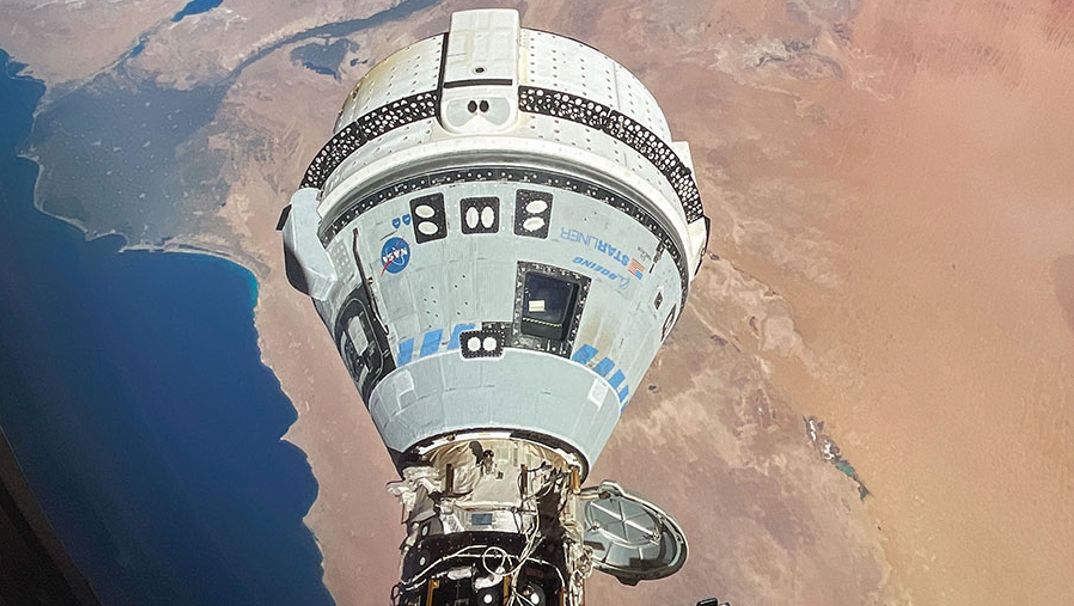
Two NASA astronauts, Butch Wilmore and Suni Williams, have been stranded in space aboard the International Space Station (ISS) since late June 2024 due to issues with Boeing's Starliner spacecraft. The delay marks the third time that Starliner's return to Earth has been postponed.
The latest setback comes as NASA and Boeing continue their analysis of helium leaks and thruster performance issues observed during the rendezvous and docking process. Steve Stich, NASA commercial crew program manager, stated that data is driving decision making regarding managing these problems.
Starliner's initial mission was scheduled to last only eight days but has now been extended indefinitely due to the ongoing issues. The spacecraft encountered five thruster malfunctions and several helium leaks during its first-ever crewed flight, which forced the astronauts to remain aboard the ISS.
The Starliner spacecraft is currently docked at the Harmony module's forward port on the ISS. NASA had initially planned for Starliner to depart from the station and return to Earth on June 25, with a landing scheduled for early June 26. However, given that engineers will not be able to examine the actual hardware after the fact, NASA and Boeing managers want to give them as much time as possible to review telemetry and polish contingency scenarios in case additional problems show up after undocking.
NASA had hoped to certify Starliner for operational crew rotation flights starting early next year. However, it's not yet clear if that remains a realistic goal given the ongoing delays and issues with the spacecraft.
The astronauts are reportedly in good spirits and have expressed overwhelmingly positive feedback about their experience aboard the Starliner spacecraft.



